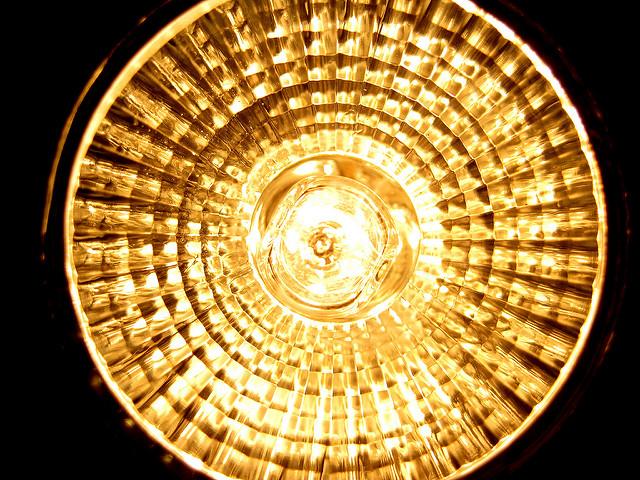
On September 1, the era of the halogen light bulb will begin to flicker and die across the European Union as after this date, retailers will no longer be permitted to restock them for sale. While existing inventory may still be sold, over time, halogens will almost completely fade from existence across the continent.
The halogen bulb has been around for about 60 years and is an iteration of the traditional incandescent light bulb. The innovation uses halogen gas around the bulb’s filament which improves light output, efficiency and longevity. But now, as with the traditional incandescent bulb - which the EU banned in 2009 - those efficiency benefits have been dramatically superseded by LED technology. So, aside from just a few remaining specialty uses of the halogen bulb, such as oven lighting, the EU has decided it’s time to move on.
Not everyone is happy of course. Halogen bulbs are cheap to buy, and opposition voices to the ban say that the move to LED’s will hurt the consumer - but that is to consider only the purchase price of the bulb. As LED’s are five times more energy efficient than halogens and last 15 to 20 years compared with the average two-year life cycle of a halogen bulb, a recent Forbes article says the European Commission estimates consumers will actually enjoy a savings of 115 Euros over the lifetime of an LED bulb, or close to $150.
As well as consumers saving money in the long run, big energy savings will be enjoyed on aggregate across the EU too. According to a report by CNN, the halogen ban will save the EU up to 93 teraWatts each year by 2020, equivalent to the amount of energy Portugal consumes annually, while the Guardian reporting on the new law says Europe will mitigate 15 million tons of carbon emissions a year.
Similar developments are afoot in the United States, too, which will hopefully bring significant benefits. As reported in the Sacramento Bee, back in the George W. Bush era, a 2007 bipartisan congressional bill was signed into law to phase in new standards for light bulbs by 2020. Perhaps there’s time for lawsuits to scupper such plans, but halogens could disappear in the USA too as a result of the 2007 law, though on slightly different terms.
As is often the case, California has led the way, bringing regulation to bear two years ahead of federal requirements. Since the beginning of this year, the state has prohibited retailers from selling bulbs that fail to meet new energy standards, if manufactured after January 1st, 2018.
While not dictating an outright ban on halogen or incandescent lamps specifically, the California approach sets energy performance standards instead. As this NRDC fact sheet details, new bulbs sold in the state must meet a minimum efficiency level of 45 lumens per watt (LPW), which means they must be roughly three times more energy efficient than old-school incandescent bulbs. Of the technology on the market today, only LEDs and compact fluorescent bulbs achieve this.
As you might imagine, the impact on energy savings in the U.S. is potentially huge. A U.S. Department of Energy web page describing the merits of LEDs says that by 2027, “widespread use of LEDs could save about 348 TWh (compared to no LED use) of electricity: This is the equivalent annual electrical output of 44 large electric power plants (1000 megawatts each), and a total savings of more than $30 billion at today's electricity prices.”
These are some pretty impressive statistics, but of course, vested interests in the status quo have sued. According to the Sacramento Bee, The National Electrical Manufacturers Association, representing industry, filed a lawsuit last year saying the 2007 federal law prohibited California from implementing the regulations before the 2020 deadline. A U.S. District Judge ruled against that claim in late December, paving the way for the California law to go into effect. That said, following a similar lawsuit in Virginia, a federal appeals court ruled it would review nationwide regulations and how they would be implemented.
Still, the future is leaning towards more energy-efficient lighting in any case. It’s already possible to buy a 4-pack of LED light bulbs for under ten bucks, and as with any new technology, it gets cheaper as it scales. As the initial cost comes down, consumers will choose LED’s and reap the benefits of cheaper lifetime costs too - regulations or otherwise.
Image credit: Project 365/Flickr

Phil Covington holds an MBA in Sustainable Management from Presidio Graduate School. In the past, he spent 16 years in the freight transportation and logistics industry. Today, Phil's writing focuses on transportation, forestry, technology and matters of sustainability in business.














